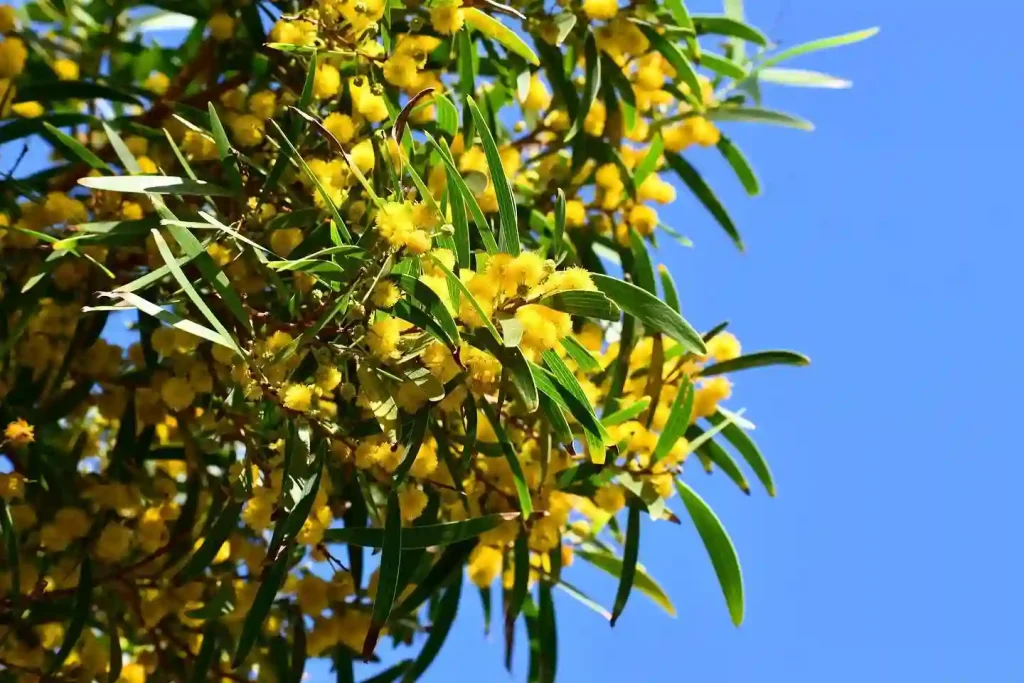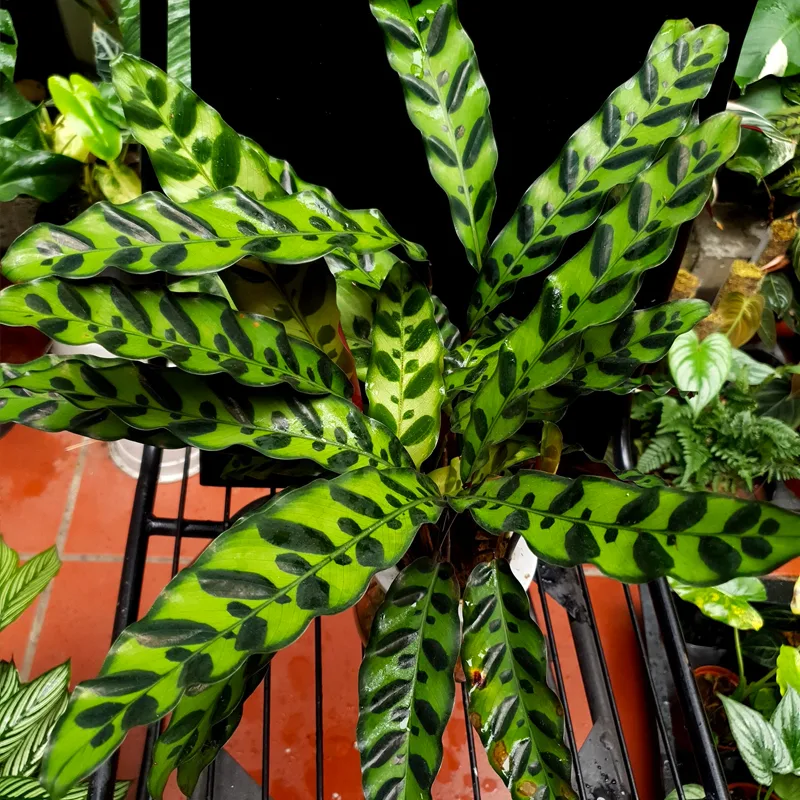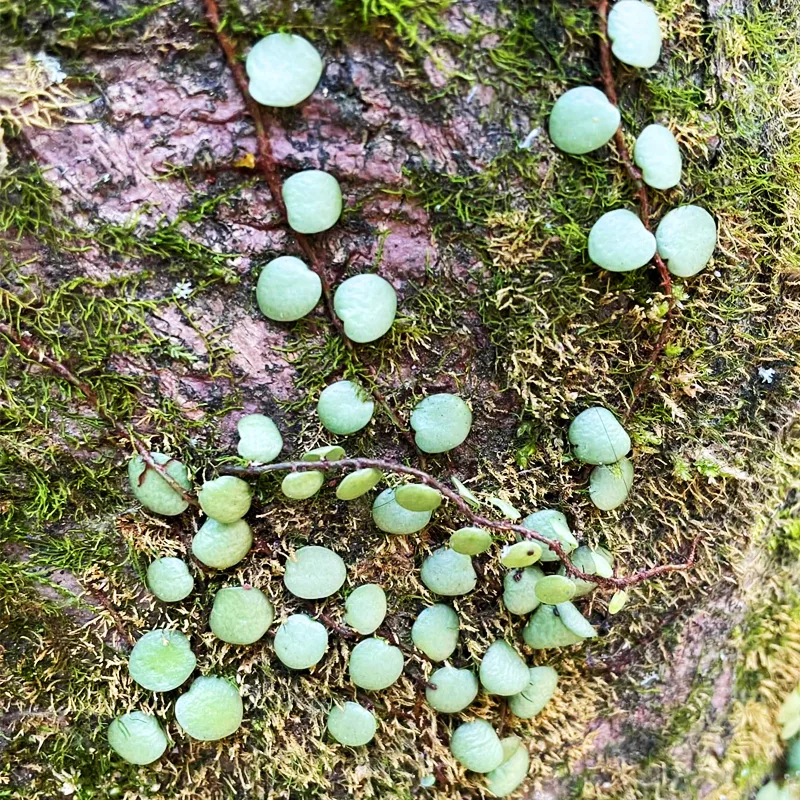Zantedeschia: More Than Just a Calla Lily
I’ve always been drawn to the elegant simplicity of calla lilies. Their graceful form and vibrant colors make them a favorite in gardens and floral arrangements worldwide. But it wasn’t until recently that I delved deeper into the genus Zantedeschia, discovering a fascinating world of diversity beyond the classic white calla lily.
As a plant enthusiast, I’m constantly seeking new knowledge and exploring the intricate relationships within the botanical world. Zantedeschia, a genus belonging to the Araceae family, captivated me with its unique characteristics and rich history. Native to southern Africa, these herbaceous perennials have spread across the globe, captivating gardeners and plant lovers alike.
A Diverse Genus
While many people associate Zantedeschia with the common white calla lily (Zantedeschia aethiopica), the genus comprises eight distinct species, each with its own unique charm. These include:
- Zantedeschia aethiopica: The iconic white calla lily, known for its large, pure white spathe and yellow spadix.
- Zantedeschia albomaculata: Commonly known as the spotted calla lily, this species features white spathes adorned with attractive spots.
- Zantedeschia elliottiana: This species boasts vibrant yellow spathes and is often called the golden or yellow calla lily.
- Zantedeschia jucunda: A rare species with large, golden-yellow spathes, similar in appearance to Z. elliottiana but with a distinct, deeper hue.
- Zantedeschia odorata: As the name suggests, this species is known for its fragrant, white spathes.
- Zantedeschia pentlandii: This species features striking, deep yellow spathes with a purple throat.
- Zantedeschia rehmannii: This species is characterized by its pink to reddish-purple spathes. Plant FAQs: Zantedeschia Rehmannii – Pink Calla Lily
- Zantedeschia valida: A recently discovered species with white spathes and a yellow spadix, similar to Z. aethiopica but with subtle differences in leaf shape and growth habit.
This diversity within the genus offers a range of colors and forms, making Zantedeschia a versatile choice for gardens and floral arrangements.
Beyond the Beauty
My fascination with Zantedeschia extends beyond its aesthetic appeal. The genus holds cultural significance in many parts of the world. In some African cultures, Zantedeschia is associated with purity and spiritual connection, often used in traditional ceremonies and rituals. In Western cultures, the white calla lily is often associated with sympathy and remembrance, commonly used in funeral arrangements.
Furthermore, Zantedeschia plays a role in ecological systems. The plants provide a food source for certain insects and birds, contributing to the biodiversity of their native habitats. However, it’s important to note that some Zantedeschia species can be invasive in certain regions, highlighting the importance of responsible planting and management.
Cultivating Zantedeschia
As a gardener, I’m always eager to try growing new plants. Zantedeschia species, while relatively easy to cultivate, require specific conditions to thrive. They prefer moist, well-drained soil and partial shade, although some species can tolerate full sun. Regular watering is essential, especially during the growing season.
One important aspect of Zantedeschia cultivation is understanding their dormancy period. After flowering, the plants enter a period of dormancy, during which they require less water and may even die back to the ground. This dormancy period is crucial for the plant’s health and ensures vigorous growth in the following season.
A Continuing Journey
My exploration of Zantedeschia has been a rewarding journey, deepening my appreciation for the natural world and the intricate relationships within it. From the elegant simplicity of the white calla lily to the vibrant hues of the lesser-known species, Zantedeschia offers a wealth of beauty and fascination.
As I continue to learn and grow as a plant enthusiast, I’m excited to further explore the world of Zantedeschia, experimenting with different cultivation techniques and discovering new ways to appreciate these captivating plants.




